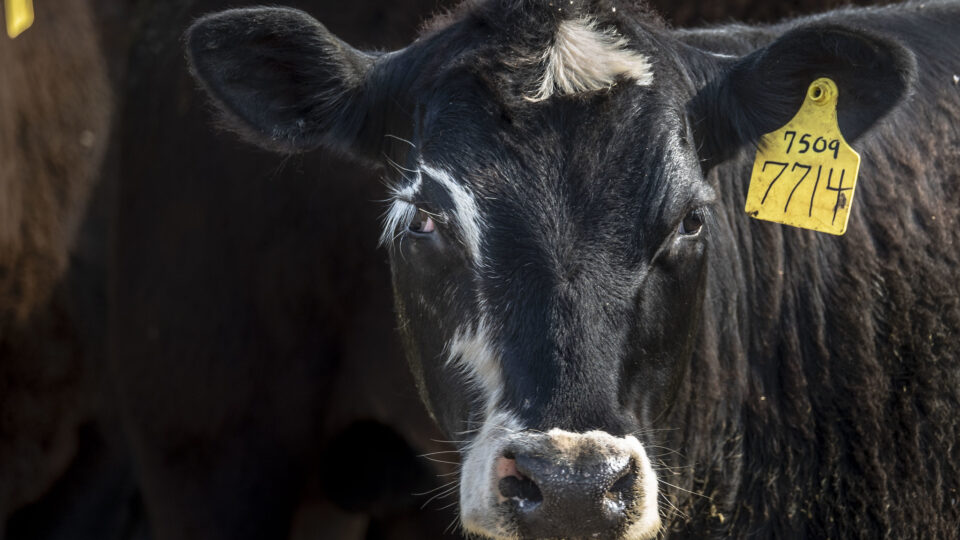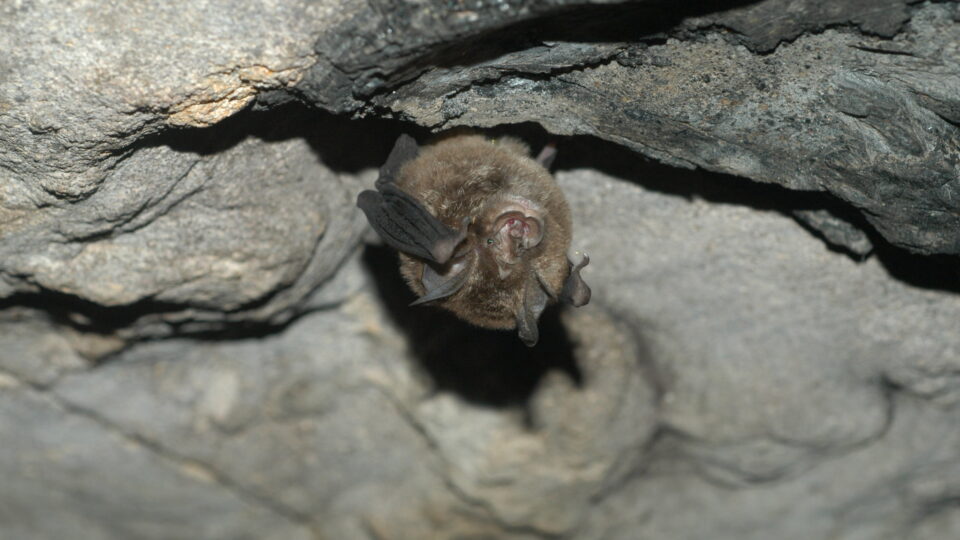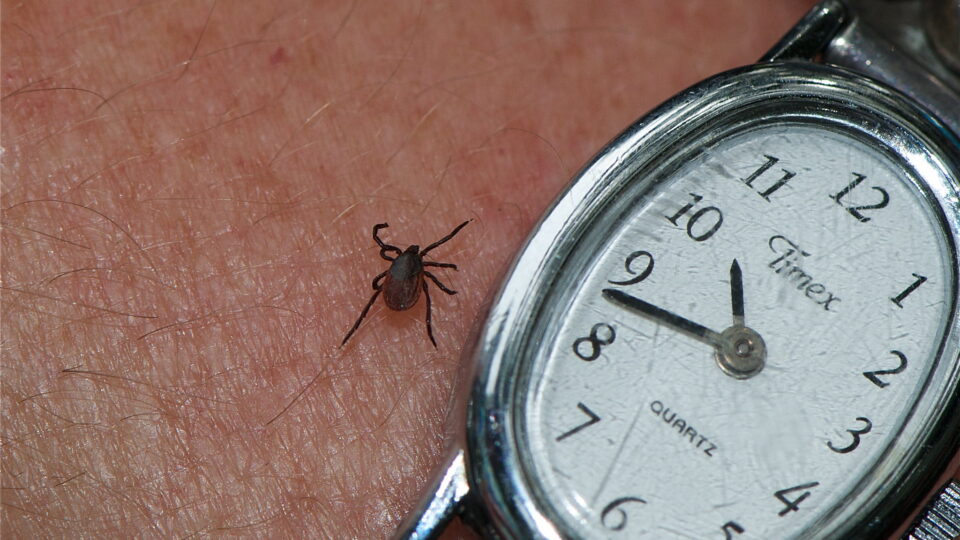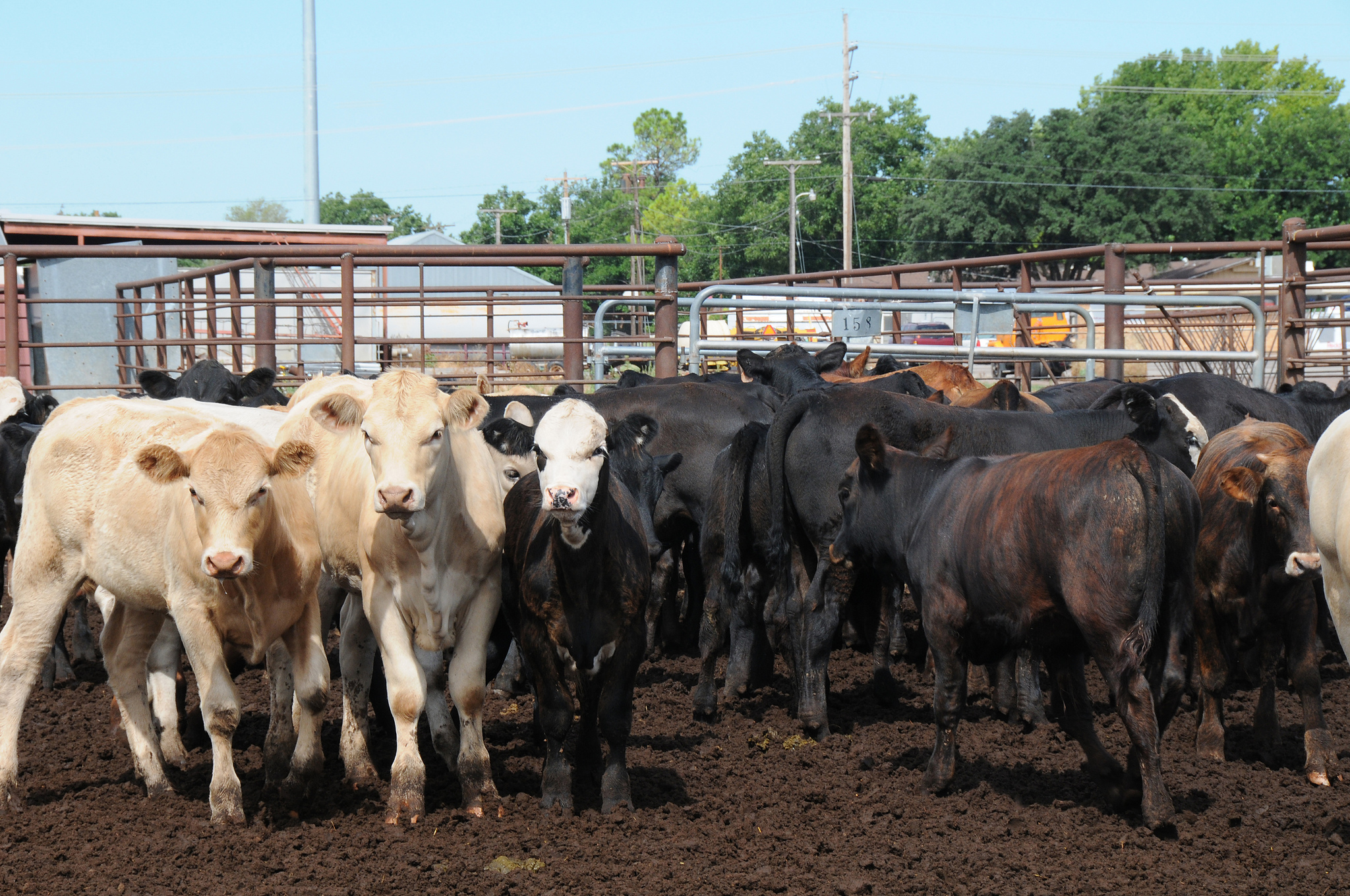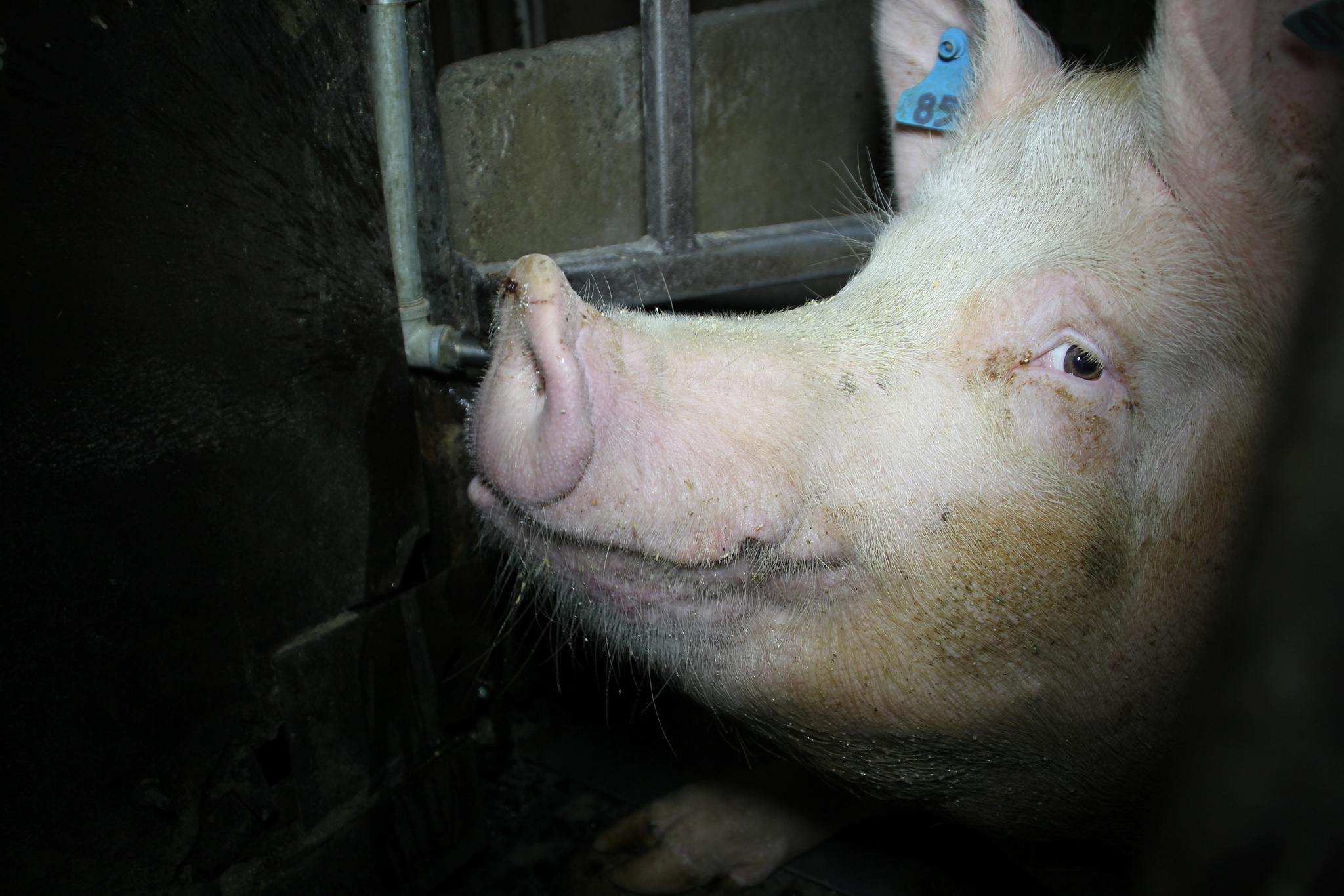In animal agriculture, farmers use antibiotics to treat, prevent, and control animal diseases, and to increase the productivity of their operations. According to the FDA, approximately 80% of all antibiotics sold in the U.S. are purchased for use in food-producing animals.
The routine administration of antibiotics to farm animals for non-therapeutic purposes promotes the development of antibiotic-resistant bacteria, with repercussions for human and animal health. As antibiotic-resistant bacteria spreads, medicines used to treat human diseases can become less effective.
According to a new study led by researchers from the University of Washington, a California policy restricting the use of antibiotics in farm animals is associated with a reduction in one type of antibiotic-resistant infection in people in the state. The findings, recently published in the journal Environmental Health Perspectives, suggest that regulations limiting the use of antibiotics in livestock can significantly impact human health.
In 2018, California Senate Bill 27 banned routine preventive use of antibiotics in food-animal production and any antibiotic use without a veterinarian’s prescription. Last year, the European Union passed a law restricting antibiotic use to only sick animals on farms. And coming this June, most antibiotics – those that are medically important to humans and animals – will be by prescription only in the United States.
Despite these changes, antibiotic resistance is projected to remain one of the biggest threats to human health over the next 50 years because resistance continues to grow and few new antibiotics are coming online.
**********
Web Links
Ranchers should prepare now for 2023 animal antibiotic guidelines
Photo, posted May 8, 2018, courtesy of Preston Keres / USDA via Flickr.
Earth Wise is a production of WAMC Northeast Public Radio
